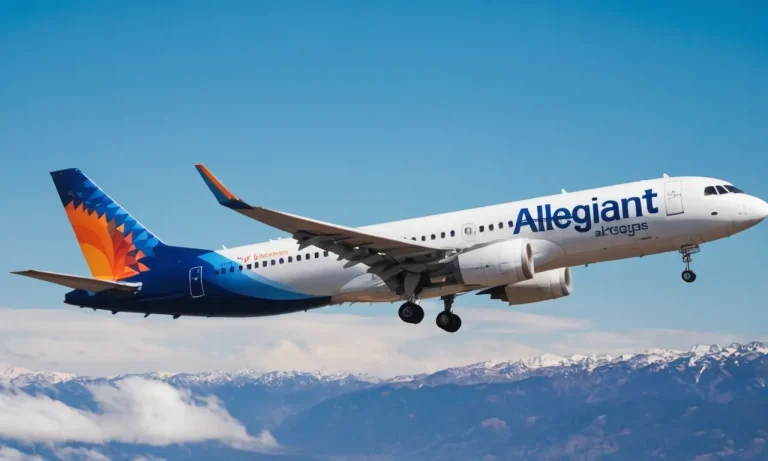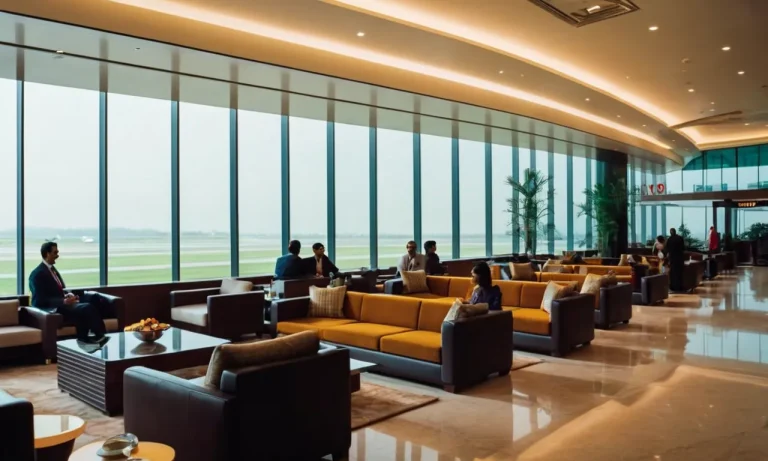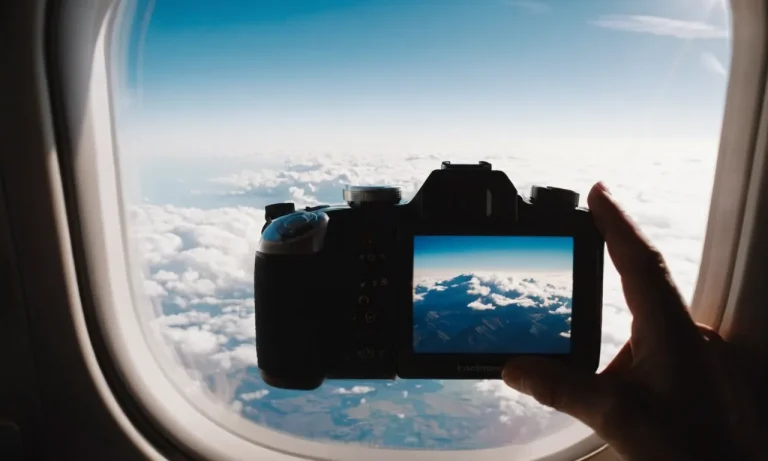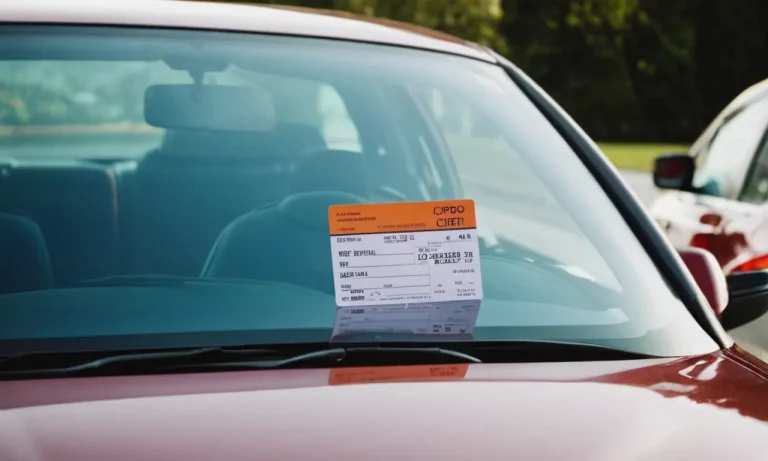World War II saw some of the most intense aerial combat in history. Technological advancements allowed planes to fly higher, and faster, and mount more destructive weaponry than ever before. Dogfights between Allied and Axis powers filled the skies as each side fought for control.
If you’re short on time, here’s a quick answer to your question: the top Allied ace was Soviet pilot Ivan Kozhedub with 62 aerial victories, while the top Axis ace was German pilot Erich Hartmann with 352 aerial victories.
In this article, we’ll take a comprehensive look at the pilots and planes that racked up the most aerial kills during WW2. We’ll examine the tactics and technology that allowed certain aircraft and aviators to dominate the skies.
By the end, you’ll have a clear picture of which pilots and planes came out on top in the deadly game of aerial warfare.
Background on Fighter Planes and Aerial Warfare in WW2
In World War II, fighter planes played a crucial role in aerial warfare. These nimble and powerful aircraft were designed to engage and destroy enemy aircraft, providing protection for bombers and conducting offensive missions.
As technology advanced, so did the capabilities of fighter planes, leading to intense battles in the skies.
The Rise of the Fighter Plane
During World War II, the importance of air superiority became evident, and the need for specialized aircraft emerged.
Fighter planes became the backbone of air forces around the world, as they were specifically designed for air-to-air combat.
These planes were built to be fast, agile, and heavily armed, allowing pilots to engage enemy aircraft effectively.
As the war progressed, fighter planes became more advanced, incorporating new technologies such as radar, improved engines, and better armament.
This constant innovation led to an arms race between nations, each striving to develop the most effective fighter aircraft.
Key Aircraft Types and Specifications
Several iconic fighter planes emerged during World War II, each with its own unique specifications and capabilities. Some notable aircraft include:
- The British Spitfire: Known for its maneuverability and speed, the Spitfire played a crucial role in the Battle of Britain.
- The American P-51 Mustang: With its long range and high-altitude capabilities, the Mustang provided crucial escort for Allied bombers.
- The German Messerschmitt Bf 109: A versatile and highly maneuverable aircraft, the Bf 109 was the backbone of the Luftwaffe.
- The Japanese Mitsubishi A6M Zero: Renowned for its agility, the Zero dominated the skies in the early years of the war.
These aircraft differed in terms of speed, armament, range, and maneuverability, with each nation striving to gain an edge over its adversaries.
Tactics and Combat Flying
Fighter pilots in World War II employed various tactics to outmaneuver and defeat enemy aircraft. These tactics included diving attacks, high-speed chases, and ambushes. The element of surprise often played a crucial role in achieving victory.
Combat flying required exceptional skill, as pilots had to navigate and engage in intense dogfights while also managing their aircraft’s systems.
The ability to quickly assess the situation, make split-second decisions, and execute precise maneuvers was essential for survival.
Throughout the war, fighter pilots developed new tactics and strategies to gain an advantage. These innovations, combined with advancements in aircraft technology, shaped the outcome of many aerial battles.
Top Allied Aces and Their Planes
Ivan Kozhedub – Soviet Union
Ivan Kozhedub was a Soviet pilot and is considered one of the greatest aces of all time. He flew the Lavochkin La-7, a single-engine fighter aircraft, during World War II.
Kozhedub is credited with shooting down an impressive 62 enemy aircraft, making him the top scoring Allied ace of the war.
His remarkable skill and bravery in the air earned him numerous accolades and he became a national hero in the Soviet Union.
Richard Bong – United States
Richard Bong was an American pilot who flew the Lockheed P-38 Lightning, a twin-engine fighter aircraft, during World War II. Bong is the highest scoring American ace, with 40 confirmed aerial victories.
His exceptional marksmanship and flying abilities made him one of the most successful pilots in the Pacific theater. Bong’s legacy lives on, and he is regarded as a symbol of American heroism and valor.
Thomas McGuire – United States
Thomas McGuire was another American pilot who achieved great success during World War II. He flew the Lockheed P-38 Lightning, the same aircraft as Richard Bong.
McGuire scored an impressive 38 confirmed kills, making him one of the top American aces of the war.
His skill and determination in combat earned him the Medal of Honor, the highest military decoration awarded by the United States.
These three pilots, Kozhedub, Bong, and McGuire, demonstrated exceptional skill and bravery in the face of danger.
Their achievements in shooting down enemy planes played a crucial role in the Allied victory during World War II.
Their stories serve as a reminder of the incredible individuals who fought for freedom and the sacrifices they made.

Top Axis Aces and Their Planes
Erich Hartmann – Germany
Erich Hartmann, a German Luftwaffe fighter pilot, is regarded as the highest-scoring ace in the history of aerial warfare. Known as the “Blond Knight of Germany,” Hartmann achieved an astonishing 352 confirmed kills during World War II.
He flew the Messerschmitt Bf 109, a versatile and deadly fighter aircraft that played a significant role in the German air force.
As a skilled pilot, Hartmann utilized his exceptional marksmanship and tactical prowess to bring down enemy aircraft. His success can be attributed to his ability to outmaneuver and outwit his opponents in the air.
Despite facing numerous challenges, including being shot down himself on multiple occasions, Hartmann’s determination and skill made him an unstoppable force in the skies.
For more information on Erich Hartmann and his achievements, you can visit historynet.com.
Hans-Joachim Marseille – Germany
Hans-Joachim Marseille, also known as the “Star of Africa,” was a German fighter pilot who achieved considerable success during World War II.
Flying primarily the Messerschmitt Bf 109, Marseille amassed an impressive record of 158 confirmed kills.
His exceptional skill and daring tactics earned him a reputation as one of the most formidable pilots of his time.
Marseille’s success can be attributed to his aggressive and unorthodox style of flying. He preferred to engage the enemy at low altitudes, often diving into the midst of enemy formations with deadly accuracy. This approach allowed him to surprise his opponents and catch them off guard.
Marseille’s prowess in aerial combat earned him the respect and admiration of his comrades.
Hiroyoshi Nishizawa – Japan
Hiroyoshi Nishizawa, a Japanese naval aviator, is considered one of Japan’s most skilled and successful fighter pilots during World War II.
Flying various aircraft, including the Mitsubishi A6M Zero, Nishizawa achieved a remarkable record of 87 confirmed kills.
His exceptional abilities in aerial combat earned him the nickname “Devil of Rabaul.”
Nishizawa’s success can be attributed to his exceptional situational awareness and superior maneuverability.
He was known for his lightning-fast reflexes and his ability to outmaneuver his opponents. Nishizawa’s tactical decisions and precise marksmanship made him a formidable adversary in the Pacific theater.
Conclusion
During the aerial battles of World War II, a few exceptional pilots and planes rose to the top in terms of number of victories. On the Allied side, Soviet ace Ivan Kozhedub scored the most kills with 62.
For the Axis powers, German pilot Erich Hartmann dominated with a staggering 352 aerial victories.
While personal skill and perseverance accounted for much of their success, advancements in fighter plane technology also played a key role, with aircraft like the Soviet Yakovlev Yak-3 and German Messerschmitt Bf 109 allowing aces to outfly and outgun their opponents.
By examining the stunning exploits of WW2’s top aces, we gain perspective on the lethal innovations in aircraft and air warfare that defined the era.






